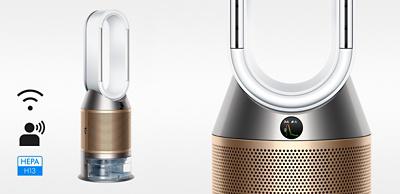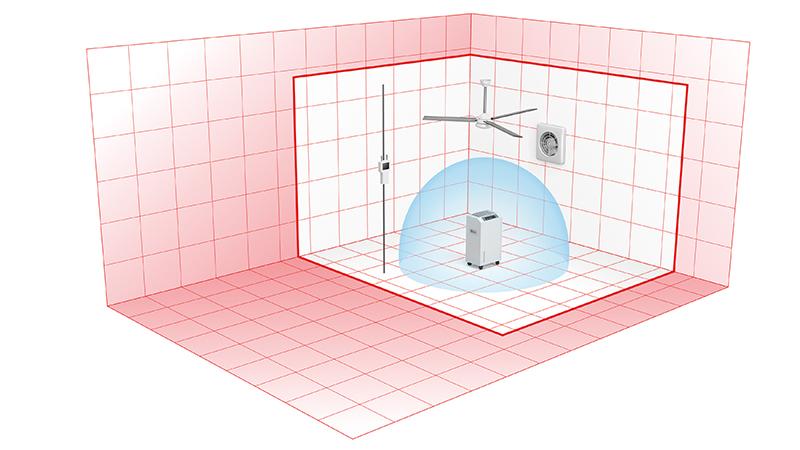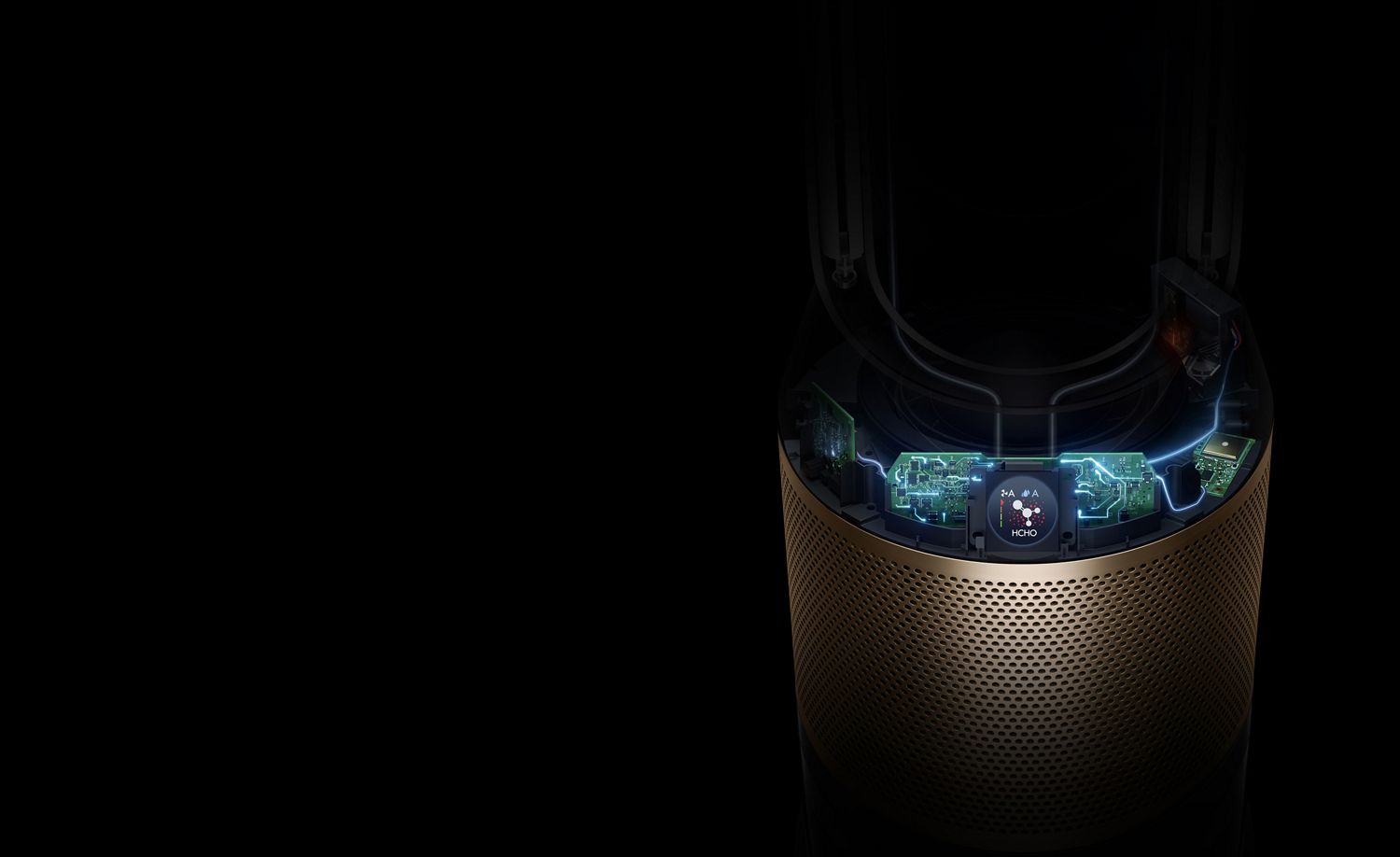

Dyson Purifier Humidify+Cool Formaldehyde
Automatically purifies and hygienically humidifies for a healthier environment. Even detects and destroys formaldehyde.⁺
Detects and destroys formaldehyde found in household items⁺
Automatically senses, captures and traps fine particles
Fully sealed to HEPA H13 standard⁹
Projects purified humidified air throughout the room⁸
Helps keep your skin hydrated and protects the moisture balance in your skin±
A hassle-free deep clean cycle
Choose your model

Frequently asked questions
The Dyson purifier humidifier senses and captures pollutants and measures the current level of moisture in the air - automatically. Then, it projects purified and hygienically humidified air around the room³, cooling you when needed.
Yes, to get the best results, a purifier humidifer should be used all year round. To help combat dry air from central heating and air conditioning, and capture pollutants such as dust, smoke, odors and pet allergens.* With pollen more present in summer, and pollutants such as formaldehyde emiting from furniture and flooring, there is benefit to using all year round. You can also use the purifier humidifier when sleeping, on night mode.
We've re-engineered our latest purifier humidifier to be fully sealed to HEPA H13 standard.⁹ That, in addition to our advanced filtration, hygienic humidification, and hassle-free Deep clean cycle, differentiate this product from other humidifiers.
The Dyson Purifier Humidify+Cool Formaldehyde has all of the capabilities found in our advanced purification products but goes a step further to detect and destroy formaldehyde.⁺ An added solid-state sensor precisely detects formaldehyde, while our catalytic filter breaks it down into two safer molecules – carbon dioxide and water.
Formaldehyde is a polluting gas formed of carbon, hydrogen and oxygen that is commonly found in homes. Common sources of formaldehyde could be: paint and varnishes, air fresheners, mattresses, furniture, household cleaners, carpets, particleboard and plywood, electronics, dryer sheets, nail polish remover, moth balls, toys, fireplaces and wood burning stoves.
Dyson purifiers capture wildfire smoke.¹¹
Your Dyson Pure Humidify+Cool™ is engineered to purify and humidify single rooms, so you should use it where you spend the majority of your time at home. When placing the machine, make sure there's at least a few feet of clearance on all sides, so that the air can circulate effectively. Close doors and windows and place away from air vents.
Yes. The machine works as a purifier humidifier, or just a purifying fan.³
This depends on the water hardness where you live. The machine prompts you to run the cycle once a month in hard water areas. It prompts you less often in softer water areas. You can select your water hardness with the MyDyson app.⁵ Running a Deep clean cycle helps to eliminate odours that occur through poor maintenance.

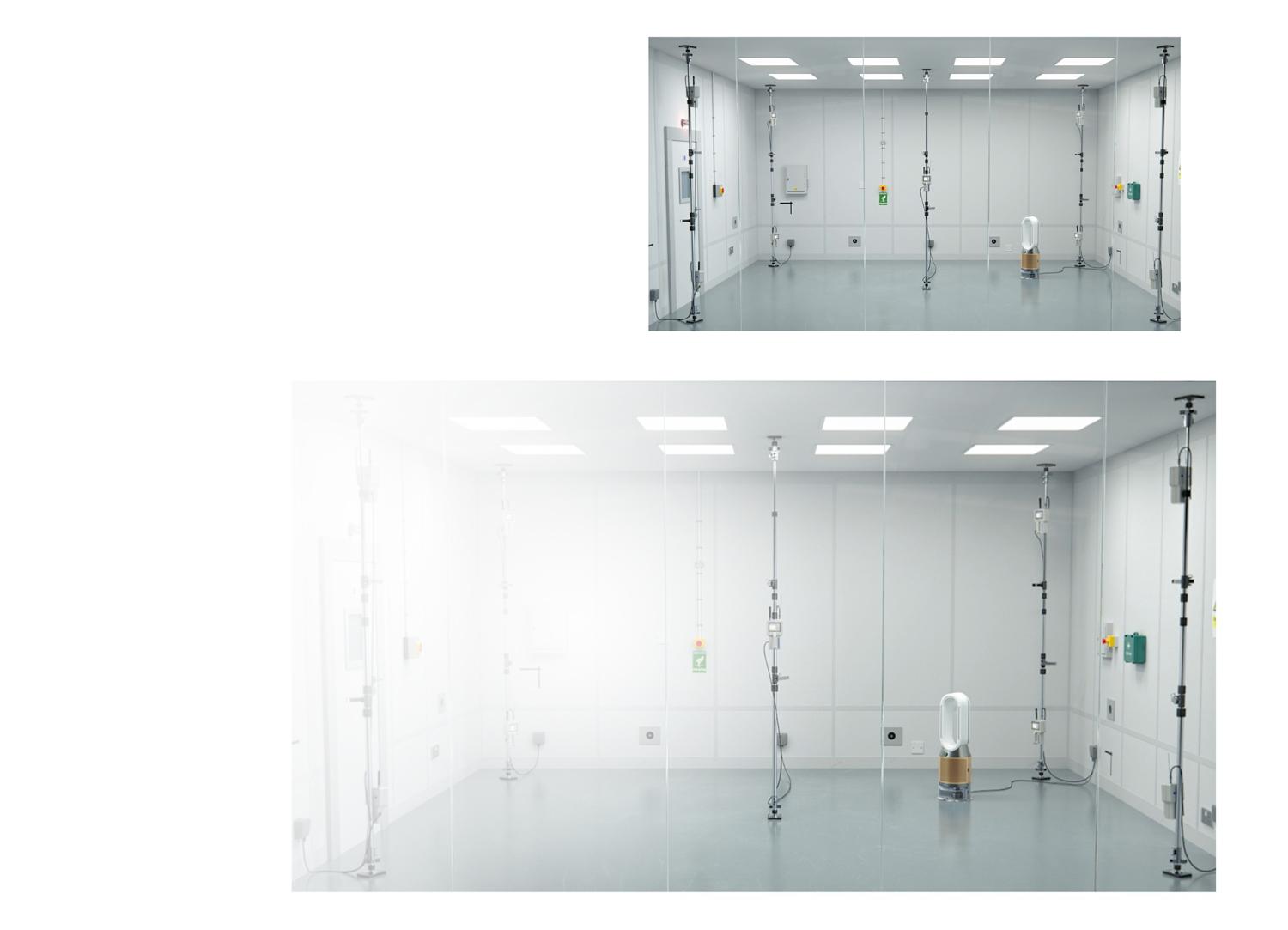
-

Industry-standard test chamber – only 28.5m³
-

Dyson POLAR test chamber - 81m³


-
Carpets, rugs and flooring
Formaldehyde
-
Household fumes and cooking
Odors
-
Cleaning products and candles
Benzene and VOCs
-
Gas stoves and car exhausts
Nitrogen Dioxide
-
Common allergens - pet dander, pollen, and dust
PM10
-
Industrial emissions and smoke
PM2.5
-
Ultrafine particles
PM0.1


To humidify your environment, hygienically
Central heating and air conditioning units can contribute to dry air developing in the home, which can cause dehydration. The Dyson purifying humidifying fan automatically maintains the target level of moisture in your air with an invisible stream of evaporated water, and no mist – for a more comfortable environment.

Hassle-free Deep clean cycle, now made easier with our citric acid cleaning kit
Use your machine's Deep clean cycle with our specialized Cleaning Kit to remove mineral build-up.
-
Allergens
An allergen is a substance that can cause an allergic reaction by triggering the body’s immune system. Common indoor allergens include pet dander and pollen.¹⁰
-
Bacteria
Microscopic, single-celled organisms that can exist in their millions, in every environment. Not all bacteria are harmful, but some can have adverse effects, such as E. coli.¹⁰
-
Benzene
Benzene is colorless, flammable liquid produced by both natural and man-made processes. It’s a natural part of crude oil, gasoline, and cigarette smoke. Indoors, it comes from products such as glues, paints, furniture wax, and detergents.
-
Carbon dioxide (CO₂)
A colorless greenhouse gas, which comes from the extraction and burning of fossil fuels. Increased CO₂ levels can impact cognitive function.
-
Formaldehyde
This colorless, flammable gas is used in some building materials and household products. Sources can include some fabrics found in flooring and furniture, glues, paints, varnishes, air fresheners, and household cleaners.
-
HEPA 13
HEPA (High Efficiency Particulate Air) is an air filter efficiency standard and a measure of a filter’s performance. To achieve this standard, filters must meet a minimum of 99.95 per cent particle removal at the most penetrating particle size.
-
Humidification
A process of increasing air moisture content through the addition of water vapor or steam. Humidifiers can add moisture to the air in dry conditions, creating a more comfortable indoor environment when needed.
-
Microns
Airborne particles are usually described in microns. One micron is equal to one-millionth of a meter. The human eye can see debris and dust that are approximately 25 microns in size.
-
Nitrogen dioxide (NO₂)
Nitrogen dioxide is a liquid below 70.2°F and a gas at higher temperatures. It is toxic to humans in both states in high concentrations. Gas stoves and space heaters are the most common indoor sources of NO₂ emissions. Other sources include improperly vented furnaces and water heaters.
-
Pet dander
Pet dander is made up of tiny particles of skin, saliva and urine, shed by animals with fur or feathers. Pet dander lingers in the air before settling on surfaces such as furniture, bedding, and fabrics. Exposure to these airborne particles can trigger allergies.¹⁰
-
Particulate matter (PM)
Particulate matter contains microscopic solids or liquid droplets, measured in microns. Indoor PM can be generated through many day-to-day activities such as cooking, cleaning, and the burning of candles and fires.
-
Purification
The process of reducing unwanted contaminants. Air purification is intended to remove airborne pollutants. Depending on the method, air purification can remove dust, allergens, or viruses.10
-
Volatile organic compounds (VOCs)
Volatile organic compounds are potentially harmful gases found in many household products. Common sources include paints, varnishes, air fresheners, cosmetics, and cleaning products.
-
Pollen
Pollen is a powdery substance released from seed plants as part of their reproduction process. It typically appears from trees in the spring, grasses in the summer, and weeds in the autumn. Pollen grains are among the most common allergens.¹⁰
-
Aspergillus mold
A common name for a visible group of fungi, mold thrives wherever there is dampness – sending out millions of spores into the air. Exposure to mold occurs via inhalation, skin contact, or ingestion.¹⁰
-
-
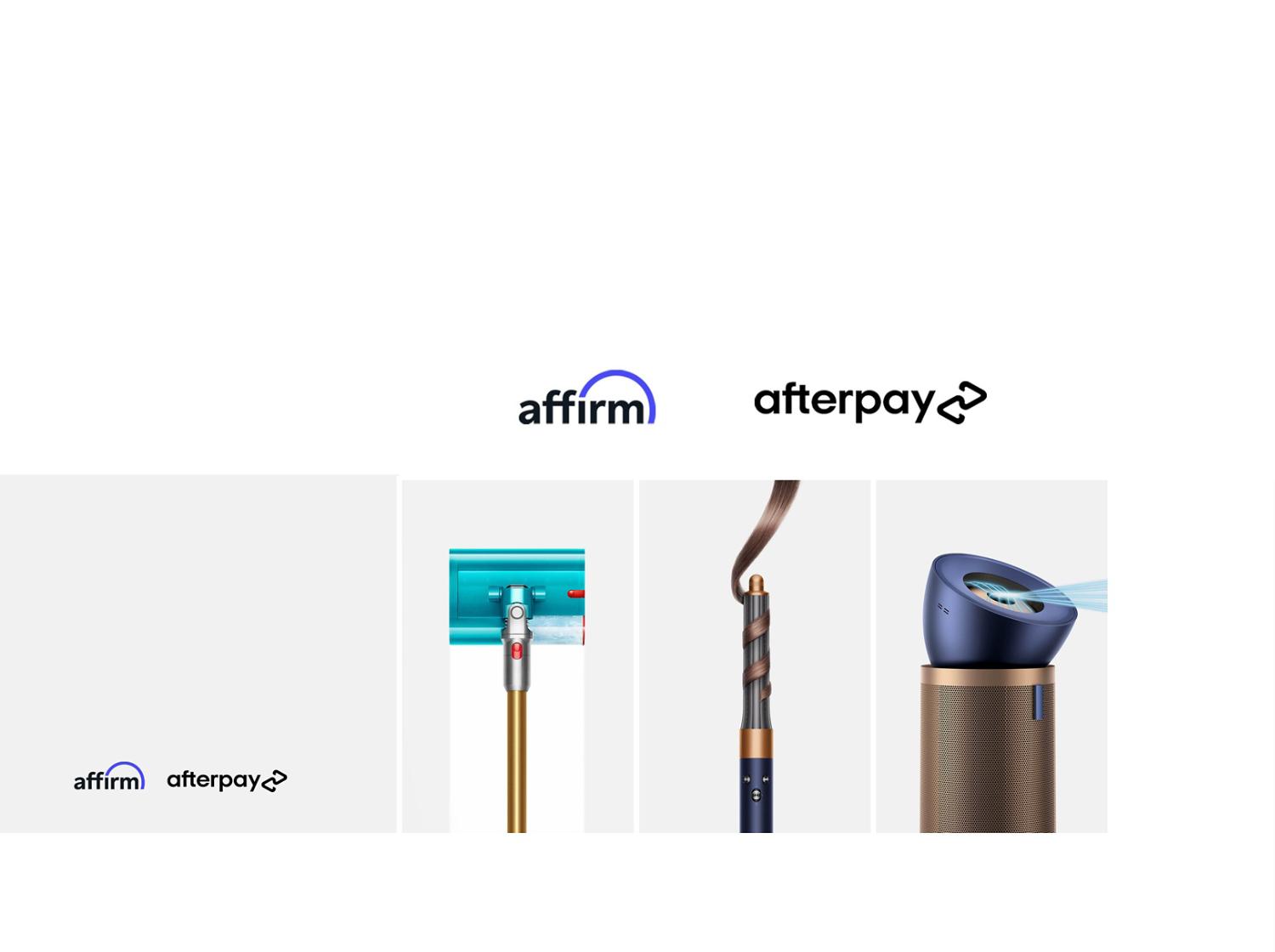
Featured air treatment articles
▴The MyDyson™ app is only compatible with select Dyson products. For a list of compatible products, please click here.
*Allergens refers to non-living material.
⁺Third party full machine testing based on GB/T 18801-2018 formaldehyde cumulative clean mass testing with continuous injection until plateau of formaldehyde CADR is achieved. Results may vary in practice.
±Tested by a third party laboratory. Compared to dry ambient air.
²Gas capture rates may vary.
³Fan; not air conditioning unit
⁵Requires device to run app, Wi-Fi or mobile data, Bluetooth 4.0 support, and iOS version 10 or Android version 5 (or above). Standard data and messaging rates may apply. Refer to the MyDyson app for compatible voice services.
⁷US Environmental Protection Agency, The Total Exposure Assessment Methodology Study, 1987.
⁸Tested in maximum setting for air projection, tested in Auto mode for purification coverage.
⁹Particle challenge by DEHS oil specified in EN1822 within a chamber specified in ASTM F3150.
¹⁰Not intended as a product claim. Refer to individual Dyson models for specific capture claims.
¹¹Based on capture of particles, ammonia, benzene, and acetic acid.
Apple and the Apple logo are trademarks of Apple Inc., registered in the U.S. and other countries.
App Store is a service mark of Apple Inc., registered in the U.S. and other countries.
Google Play and the Google Play logo are trademarks of Google Inc.

